
Far from whatever locals and outsiders might think, promote and even boast about the province, to the point of having it captured in the most beautiful songs, Guanacaste is not just a dry forest, much less a pampas or prairie area. In other words, it’s not a flat semi-desert region with low-growing vegetation. If it were, no doubt it would have its charm as well, but then we wouldn’t be in the tenth parallel north of the Equator, 84 degrees west of the Greenwich Meridian. We’d be in South America, and instead of the wonderful sabanero cowboys and everything that our culture entails, we would be descendants of the gauchos.
Having clarified this, it’s important to point out that of the twelve life zones that exist in Costa Rica, five are present in Guanacaste. These are geographical zones defined by more or less homogeneous parameters of precipitation, elevation and temperature that allow the existence of specific ecosystems— ecosystems that are the habitats of plant and animal species and, of course, human beings too.
The dry or deciduous forest is a life zone that makes up less than 10% of our national territory. It’s basically located in some parts of the canton of La Cruz, Liberia, Cañas and a small portion in the vicinity of Brasilito in Santa Cruz.
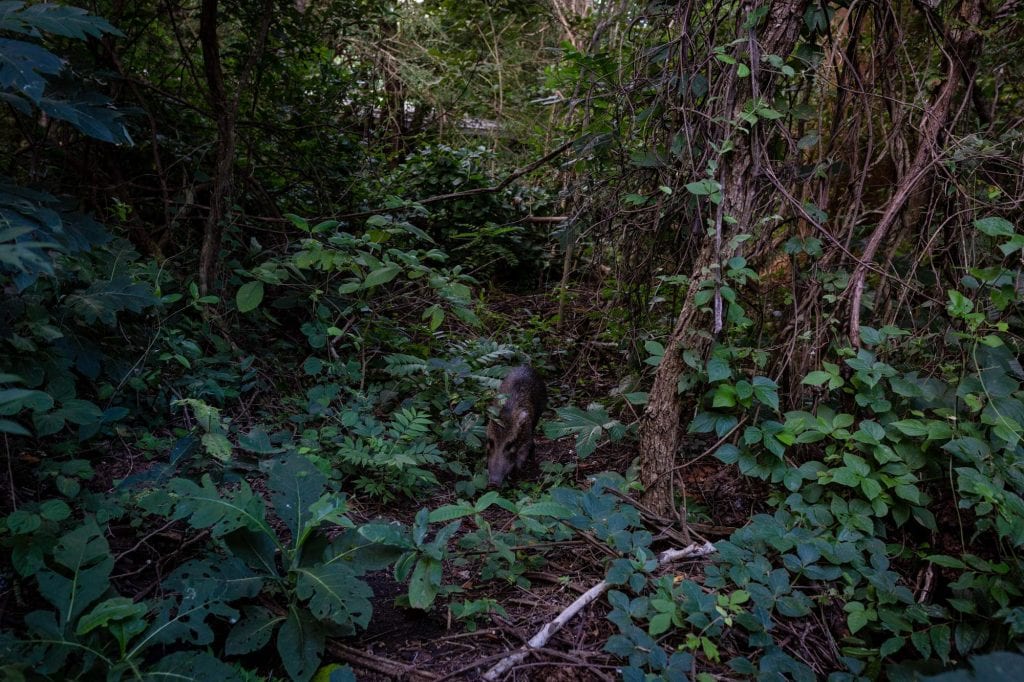
A young peccary, rescued from the hunters, walks calmly through the Santa Rosa dry forest. Credit: Cesar Arroyo.
About 40% of the province falls within the tropical moist forest life zone, recognized as the lower Tempisque (Guardia, la Guinea, Bolsón, Ortega, Ballena, Bebedero, Puerto Humo and San Juan de Nicoya, including the mangroves of the mouth of the Tempisque in the Gulf of Nicoya) and if there does end up being a real annexation of the Nicoyan peninsula territories, if we take into account the territories of similar biogeographic and climatic conditions in Cobano, Lepanto and Paquera (territory historically recognized as part of Guanacaste), that percentage could very well go up to 60%.
We have the wet tropical forest in the higher elevations of the Nicoya peninsula, specifically between 700 and 1,000 meters (2300 to 3280 feet) above sea level, from Fila Cenizosa, Cerro Brujo and Vista al Mar in Santa Cruz, passing through Cerro Negro and Kiriman in Nicoya and Monte Romo in Hojancha, up to Cerro Azul in Nandayure. This zone is internationally recognized as Guanacaste’s coffee growing zone, along with another portion of the same life zone located in the foothills of the Tilaran mountain range and part of the Guanacaste mountain range.
Finally, in the upper middle sectors and on the peaks of the Guanacaste mountain range, we find the premontane subtropical wet forests and premontane rainforest, specifically on Tenorio, Orosí, Cacao and Rincon de la Vieja volcanoes with a maximum height of 2,028 meters (6653 feet) above sea level. In all, more than 60% of Guanacaste is above 500 meters (1640 feet) above sea level.
So, in honor of the celebration of our country’s bicentennial, I propose changing the romantic and distorted view of Guanacaste’s landscape to recognize a seldom talked-about reality. The truth is that the 5,455 square kilometers (2106 square miles or 1,347,954 acres) of the Tempisque river basin is the largest in Costa Rica. Unfortunately, it was the cradle of extensive agriculture in the 20th century and with it, the scene of the greatest socio-environmental and economic disasters and waste in the country’s history. Not surprisingly, since the 1990s, the hydrographic basin has shown a negative water balance since more water is exploited in the lower Tempisque than it can naturally produce.
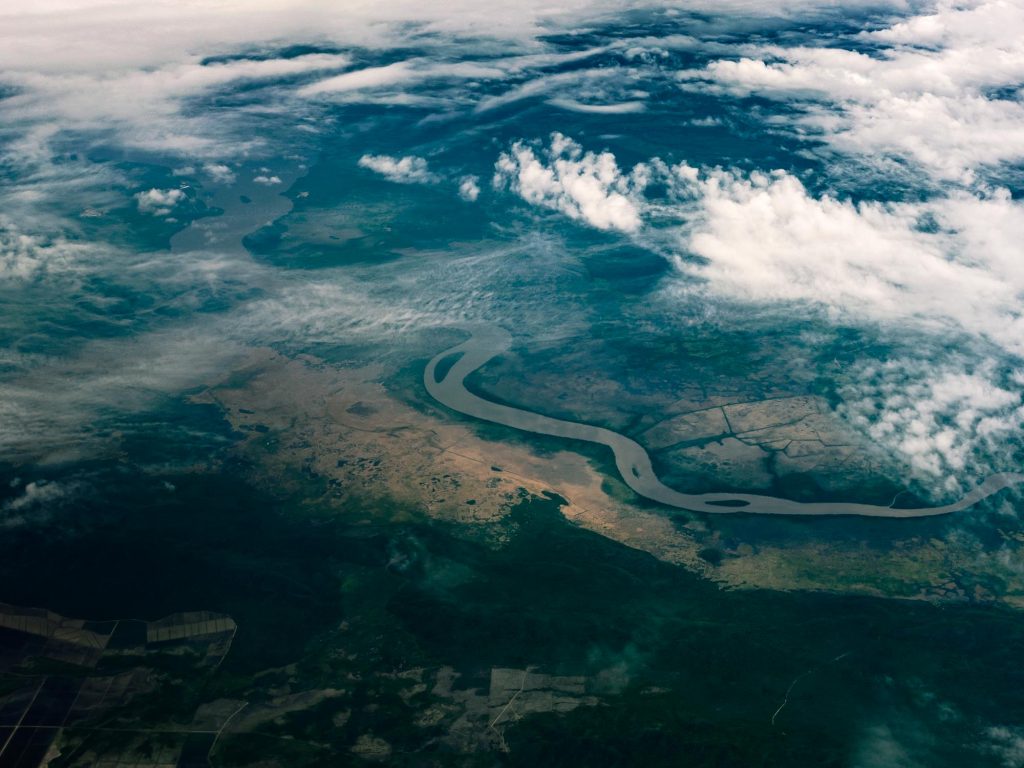
Tempisque river. Credit: Paulo Ruíz
First, to make the man-made savannas that the large cattle ranches required and then, in the middle of the 20th century, these extensions were required for extensive cattle ranching due to the meat market promoted to supply the U.S. troops in the Vietnam War. From the 70s on, it was also done to promote the so-called green revolution or the agro-industrial Guanacaste with the cultivation of cotton, sugarcane and rice and even hand in hand with government-owned businesses with failed companies such as the Tempisque Central Sugar Refinery (CATSA- Central Azucarera del Tempisque) and Cotton of Costa Rica (ALCORSA- Algodones de Costa Rica).
Later, the lands were used as part of the agricultural development of monocultures promoted by the state bank (to the point of abuse of agrochemicals) and branch institutions, which ended up destroying the local agricultural culture and led to the adoption of appalling agricultural practices, sick communities and environments, and the unfortunate concentration of land in the hands of more and new landowners.
We were the first province to destroy our main socio-economic assets, such as the forest canopy covering land that couldn’t be used for agriculture or forestry (for example, from the 1940s to the 1970s, there were no forests left standing in the Nicoya Peninsula, including high-elevation areas, as 5,000 hectares (12,355 acres).
a year were deforested and burned, causing loss of soil, contamination of aquifers and loss of diversity; all in exchange for diasporas, more poverty and poor quality of life).
Now, although Guanacaste, due to its unfortunate organizational and political circumstances, has been plundered historically, the truth is that, as a result of the disastrous failure of that development model and of some public policies aimed at sustainable development and change in productive forms and technologies associated with the new service economy, the province today can also boast a slow but frank recovery of its natural assets (except in the lower Tempisque area), especially in the upper and middle areas of the Tempisque basin.
Compared to the general panorama described, it’s also unfortunate to know that we lost thousands of hectares of very good quality agricultural land due to lack of use and institutional support for a true integrated rural development.
Consequently, I’d like to make it clear that it’s not about not using our resources but about using them correctly— in other words, according to their use capacity, a topic that, for obvious reasons of space, could be discussed more in-depth at another time and that is totally and completely related to the main competency of our local governments, which is that of the organizing their territories. This is associated with the necessary strategic, managerial and operational development plans, with a sense of space and time, and with the execution of all other operational competencies.
The point is that, in addition to having always been the identity of Costa Rican folklore in the eyes of the world, now Guanacaste offers national parks with conspicuous geological, natural and cultural history resources that have even been named World Heritage Sites by the United Nations Educational, Scientific and Cultural Organization (UNESCO). Such is the case with Santa Rosa National Park, Guanacaste National Park, Barra Honda, Diria, Rincon de la Vieja, Tenorio Volcano, Miravalles Volcano, Oroso Volcano, Palo Verde, Las Baulas National Marine Park and the Ostional National Wildlife Refuge, as well as other wildlife areas that are no less important such as Iguanita, Llanos del Cortez and Camaronal, among others.
Its biogeographic and climatic characteristics mixed with the intrinsic peculiarities of its local culture distinguish the province. As a result, it has one of the planet’s five blue zones, it’s the region of the country that generates the most foreign currency due to tourism— the most important economic activity in Costa Rica— and thanks to its hydroelectric, wind, solar, geothermal and biomass resources, it contributes 40% of the clean energy that Costa Rica consumes.
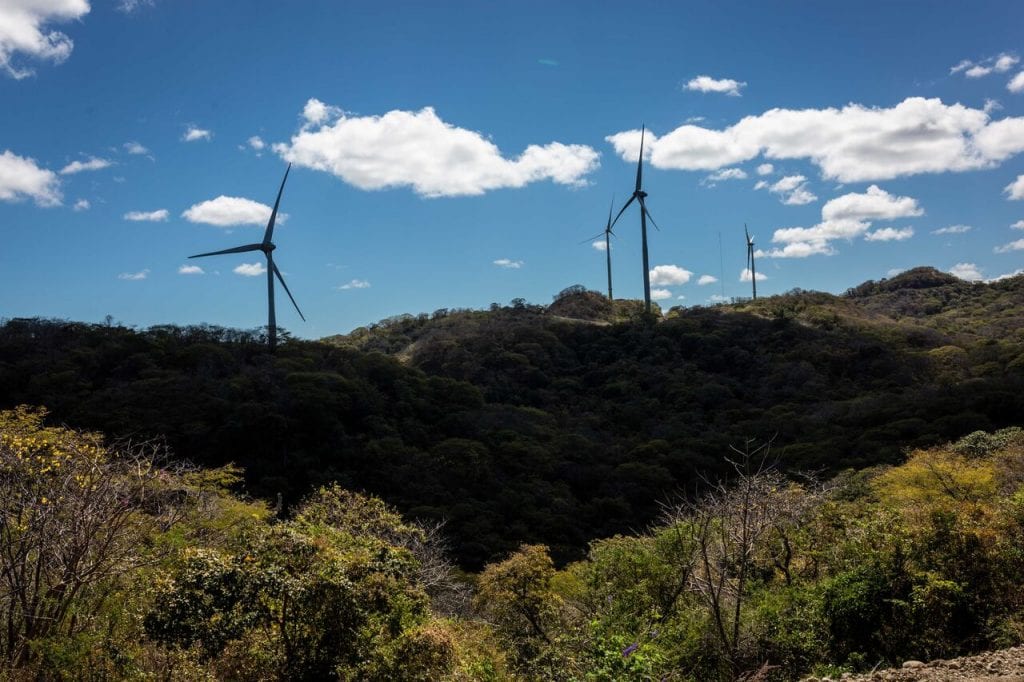
Coopeguanacaste inaugurated its second wind farm, Cacao, on January 10, 2019 in Santa Cruz. Credit: Cesar Arroyo
Although our province is no longer incorrectly referred to as the breadbasket of Costa Rica, it is characterized as the cradle of the country’s agriculture, forestry, livestock and precision fishing or high technology agribusiness (Tech 4.0) and, as if that weren’t enough, it boasts Costa Rica’s most extensive, beautiful, rich and biodiverse coastal marine zone and marine platform.
So then maybe it’s necessary, timely and convenient on this occasion of the Bicentennial to ask ourselves the question, after the aggressive and violent colonial processes, the 200 or more years of the mark left by large estates and harmful arrangements between the coffee oligarchy and absentee ranchers, going through the so-called green revolution or mechanization of agriculture and now the Guanacaste of tourism and technological services, how is it that we continue to undergo the same or worse scourges of underdevelopment?
Finally, it’s fair to say that we’re neither destroying nor building the Guanacaste that we have today alone. There are many Costa Ricans and foreigners making their homes here in this multicultural land in which the question “what are we going to do with so much resilience and so much potential?” stands out, is still on the table and persists. Undoubtedly, this questioning continues to be as valid or even more valid than it was in the time of Dr. Francisco Vargas Vargas and the achievements of the Confraternidad Guanacasteca party in the 1940s.
So I leave the discussion open about the basic elements of planning and rebuilding Guanacaste, formulated from Guanacaste, namely about the what, when, where, who, how and with what. In that sense, I’ll be bold in saying in advance that only by optimizing our soil use, with an energy efficiency approach, applying 4.0 technologies in our education and in all our production forms, of course while respecting our local culture and without giving up the essence of who we are, we’ll be able to form a more robust human capital to overcome the challenges of the new times.
Juan Carlos Romero Gutierrez is a Costa Rican farmer and agronomist, with a master’s degree in ecology and tourism with an emphasis on planning and implementing projects. He also has a specialty in environmental management, as well as in business management and administration. He has stood out as a community leader in development associations in different places in Guanacaste, and under his management, the companies where he has worked have won national awards for environmental and social responsibility for making inroads in land use, carbon neutrality and energy efficiency projects.
These articles are the opinion of the writer and do not necessarily reflect the editorial position of this news outlet. If you would like to write an opinion article, you can email [email protected].


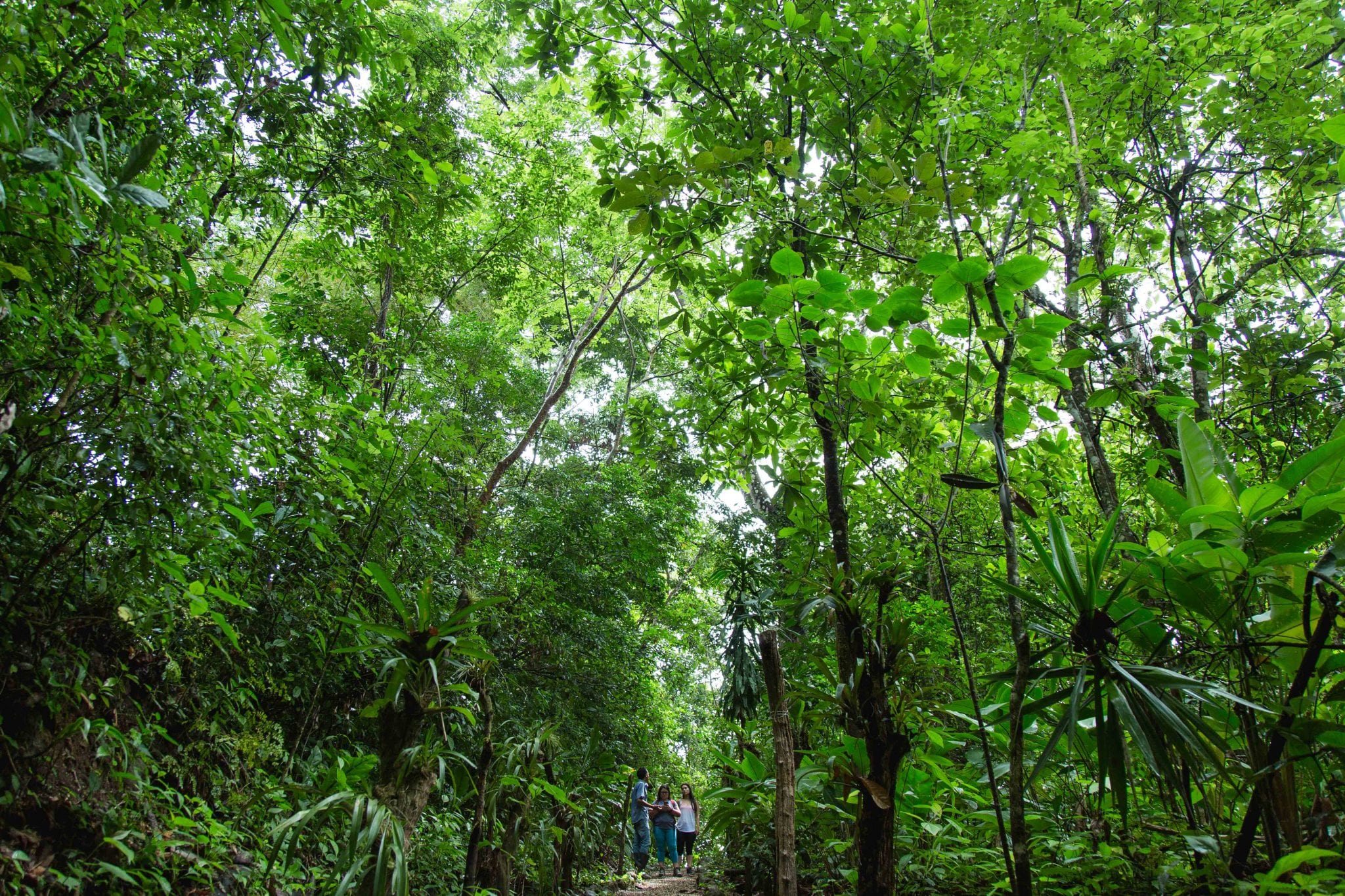
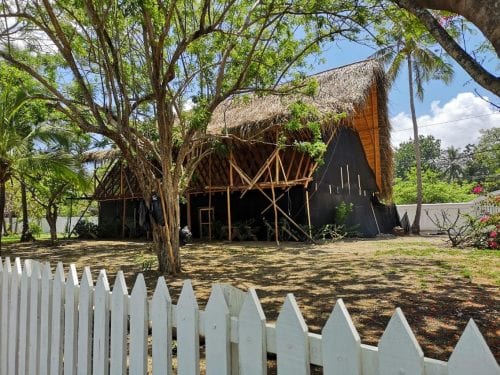
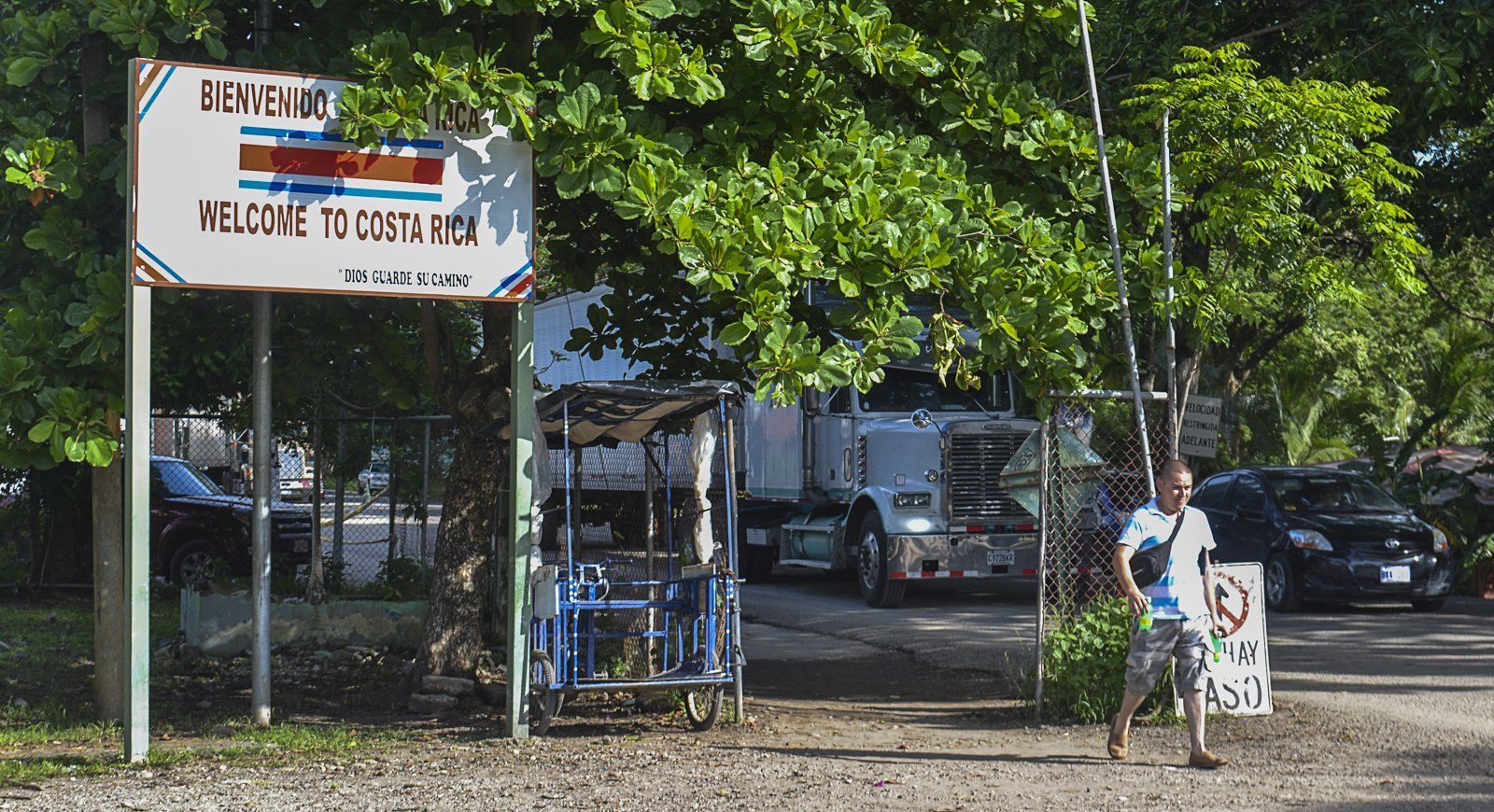
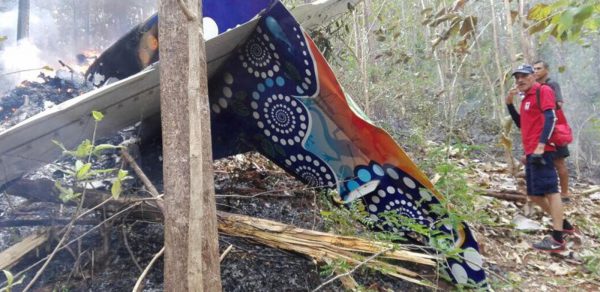

Comments